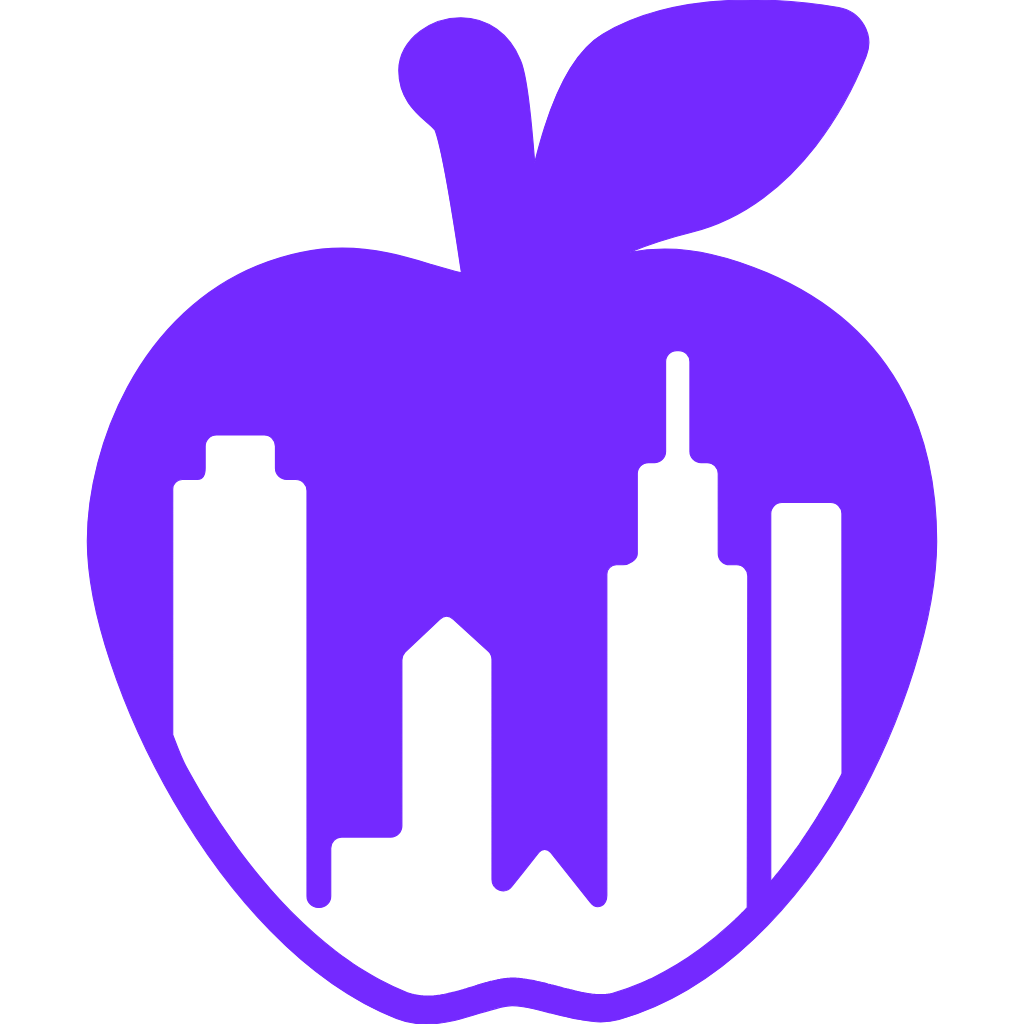Interior design trends in New York City’s luxury apartments are a unique blend of innovation, sophistication, and a nod to the city’s rich architectural history. As the real estate market continues to evolve, so too does the way residents choose to design their living spaces, reflecting both personal preferences and broader societal shifts. This article explores some of the most striking and compelling trends impacting the luxury apartment sector in NYC.
One significant trend is the shift towards sustainability and eco-conscious materials. Luxury apartments are increasingly utilizing reclaimed wood, energy-efficient appliances, and low-VOC (volatile organic compounds) paints. This movement is not merely a response to consumer demands but also represents a broader cultural emphasis on environmental responsibility. For instance, developers like Related Companies are incorporating green roofs and energy-efficient systems, making their buildings not just luxurious but also sustainable.
Another prevailing trend is the incorporation of smart home technology. In the high-end market, luxury has expanded beyond aesthetics to include advanced technology. Homes are now equipped with devices that offer enhanced comfort and security. Smart thermostats, automated lighting, and integrated speaker systems are becoming standard. In prestigious buildings like One57, residents can control their home environments from their smartphones, reflecting a lifestyle where convenience and efficiency take precedence.
The interplay of indoor and outdoor spaces is also gaining traction among luxury apartment designs. The concept of biophilic design, which seeks to connect inhabitants with nature, is being embraced by many designers. This includes features like floor-to-ceiling windows that invite natural light and provide stunning views of the city, private terraces, and lush green balconies. Developer Silverstein Properties has successfully integrated these elements into their projects, creating urban oases that allow residents to escape the hustle of metropolitan life.
Color palettes in luxury interiors are increasingly leaning towards calming tones, inspired by nature. Soft greens, muted blues, and warm neutrals are being utilized to create serene environments that promote relaxation. This trend is evident in developments such as Hudson Yards, where these colors create harmony with urban surroundings. Textures also play a vital role; combining varying materials—such as smooth finishes with raw elements—adds depth and interest to spaces.
In terms of furnishings, there’s a noticeable move towards minimalism, characterized by clean lines and functional design. However, luxurious touches remain essential. Influential designers are curating spaces that balance functionality with opulence, using high-end materials like marble, brass accents, and bespoke furniture. For example, in interiors designed by renowned firms such as J. George, one can see how less clutter allows statement pieces to shine, making the space feel both inviting and exclusive.
The art of layering in interior design is becoming ever more important in NYC luxury apartments. Designers are increasingly focused on creating cozy, lived-in atmospheres through the strategic layering of textiles, such as throws, cushions, and rugs. This trend fosters a sense of comfort that is often overlooked in high-end designs. High-end residences like the Steiner East Village showcase this layering technique effectively, producing warm, welcoming environments without sacrificing sophistication.
Finally, personalization is taking center stage. High-net-worth individuals are seeking to imprint their identities on their living spaces. This has led to a rise in custom installations, art collections, and unique design elements that resonate with the owner’s lifestyle. New Yorkers are turning to bespoke furniture and artistic touches that reflect personal stories and heritage. This trend highlights the shift from traditional homogeneity to a more individualistic approach to luxury living, allowing each apartment to tell its own story.
| Trend | Description | Example |
|---|---|---|
| Sustainability | Use of eco-friendly materials and energy-efficient designs | Reclaimed wood, green roofs |
| Smart Technology | Integration of smart home devices for convenience | Automated systems, smartphone controls |
| Biophilic Design | Connection with nature through design elements | Floor-to-ceiling windows, lush balconies |
| Calming Color Palettes | Use of soft, nature-inspired colors | Greens, blues, and neutrals |
| Minimalism with Luxurious Touches | Clean lines combined with high-end materials | Marble finishes, bespoke furniture |
| Layering | Creating a cozy atmosphere with textiles | Throws, cushions, layered rugs |
| Personalization | Custom designs reflecting individual identity | Bespoke furniture, personal art collections |
In conclusion, the interior design trends within luxury apartments in New York City reveal a compelling narrative of both elegance and modernity. As residents seek environments that reflect their values and lifestyles, designers are responding with innovative, sustainable, and personalized solutions that enhance the luxurious nature of these urban spaces. The future of luxury living in NYC promises to be not only stylish but also reflective of a deeper consciousness toward comfort, environment, and individual expression.
